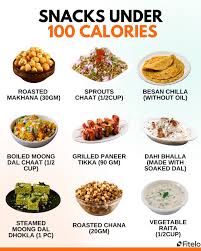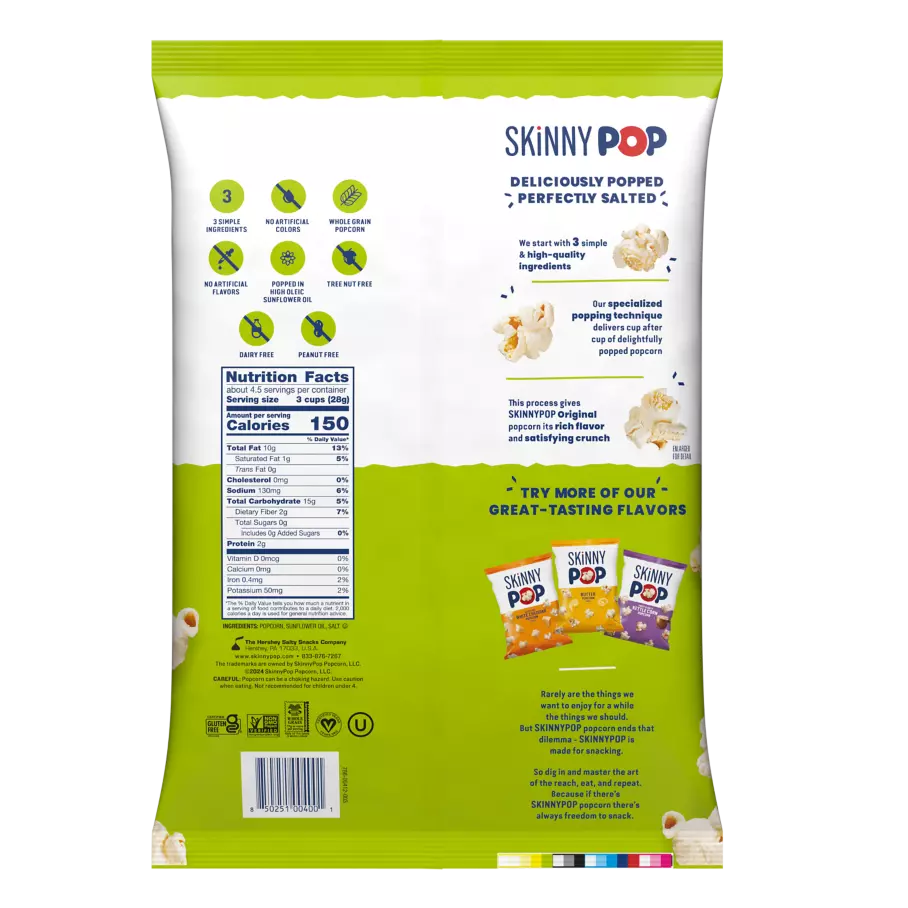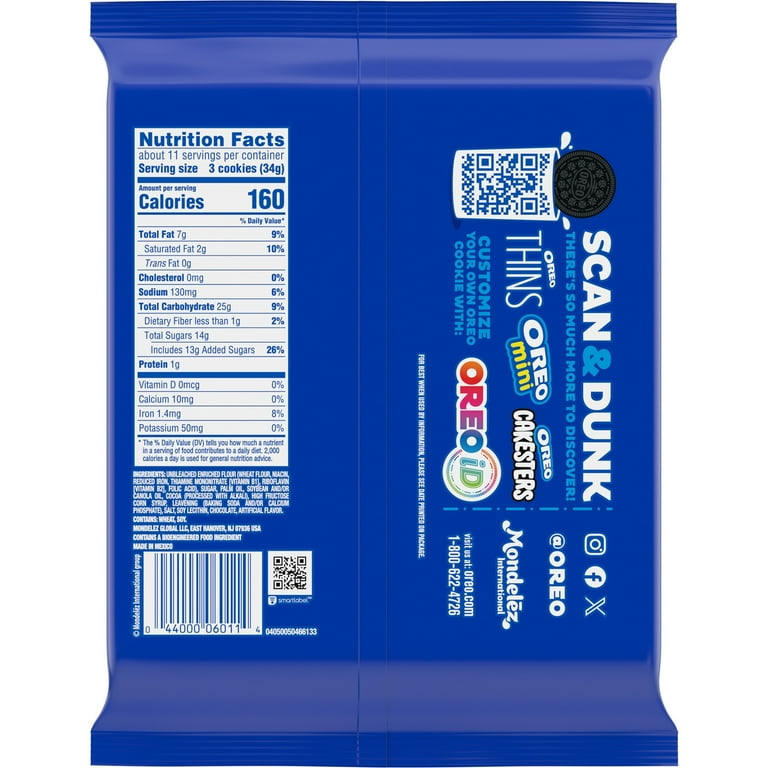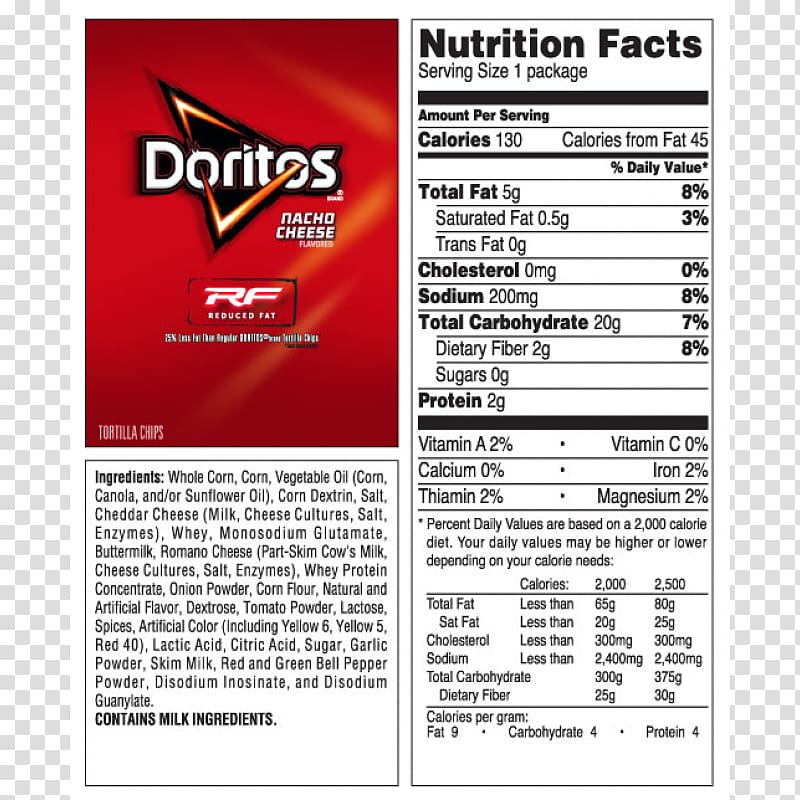Ever stared at a bag of Takis and wondered what all those numbers and tiny words mean? You're not alone. Those neon bags packed with fiery flavor are tempting, but the nutrition label can feel like a puzzle. Lets walk through the takis nutrition label togetherplainly, warmly, and with a little curiosity. By the end, youll feel confident reading the label and making choices that suit your cravings and health.
Serving Size
First things first: serving size. Its the secret that changes everything. The nutrition facts on a Takis bag usually reflect a single serving, which is often much smaller than what most of us actually eat in one sitting. Think of the serving size as the measure the company uses so the math adds upif you eat more, youll get more calories, sodium, and everything else. Are you a one handful snacker or a finish-the-bag kind of person? Being honest with yourself here helps you use the label correctly.
Calories Count
Calories tell you how much energy youre getting. Takis are crunchy, fried or baked depending on the variety, and flavored with a punchy seasoning, so they tend to be calorie-dense. If youre balancing snacks with a meal plan, notice how those calories fit into your day. A small indulgence can certainly fit inespecially if you pair it with lighter meals or a bit more activitybut it helps to know the numbers so you dont get surprised later.
Total Fat
Fat gives chips that satisfying mouthfeel and crisp. On the takis nutrition label you'll see total fat, saturated fat, and sometimes trans fat. Saturated fats should be limited, and trans fats are best avoided. If youre watching heart health or trying to reduce saturated fat, glance at these figures and consider portion control. Again: the key is moderation, not eliminationfat also helps your body absorb vitamins and keeps snacks tasty!
Sodium Shock
This is where many people raise an eyebrow. Takis are known for being very seasonedtranslation: high sodium. The sodium number on the label can be surprisingly large even per serving. If youre monitoring blood pressure or trying to cut back on salt, this matters. A trick? Balance high-sodium snacks with low-sodium meals the rest of the day, hydrate well, and watch portion sizes. If youre curious about other options, check out this collection of Low sugar snacks for alternatives that tend to be gentler on sodium and sugar.
Carbs and Sugars
Takis are primarily a carb-based snack. The label will list total carbohydrates, dietary fiber, and total sugars. Fiber is the good kind of carb that helps you feel fuller; sadly, typical Takis don't pack much fiber. Added sugars are usually low, but flavored coatings may contribute small amounts. If you're watching blood sugar, note the carbs and consider pairing your Takis with a protein or healthy fatthis helps slow the glucose spike and keeps you satisfied longer.
Protein
Dont expect Takis to be a protein powerhouse. Most snack chips have modest protein, just enough to keep the texture but not enough to replace a real protein source. If youre snacking between meals and want more staying power, try combining a small portion of Takis with Greek yogurt, a handful of nuts, or a piece of cheese. Little swaps like that make your snack more balanced without sacrificing flavor.
Ingredients to Watch
Beyond the numbers, look at the ingredient listthis is where brands reveal whats in the seasoning and the base. Takis ingredients often include corn masa flour, vegetable oils, and a mix of spices and flavor enhancers like citric acid, salt, and natural flavors. Some varieties may have added monosodium glutamate (MSG), artificial colors, or dairy-derived ingredients. If you have allergies or sensitivities, scan carefully for dairy, gluten, or any flavorings that might bother you. And if youre trying to avoid artificial dyes, look for color or artificial coloring in the list.
Allergens and Special Diets
Good news for many: plain Takis dont usually list major allergens like peanuts as primary ingredients, but cross-contamination is possible depending on the factory. People with wheat or dairy sensitivities should double-check specific flavorssome contain milk derivatives. If you're following a strict diet (gluten-free, vegan, etc.), take a moment to verify each variety. When in doubt, contacting the manufacturer or checking their official allergen statements is a smart move.
Healthier Choices and Smart Swaps
So you love the crunch and flavor, but want to be a bit kinder to your bodyand wallet. Here are friendly swaps and strategies that keep joy without the guilt:
- Portion control: Pre-portion your serving into a small bowl instead of eating from the bag.
- Pair it right: Add a source of protein or fiber (apple slices, nuts, cottage cheese) to slow digestion and keep you full.
- Try baked alternatives: Some brands offer baked or lower-fat options with similar spice profiles.
- Make your own: Pop some corn or bake tortilla strips lightly seasoned with lime and chili powderhomemade versions let you control salt and oil.
Reading Labels Like a Pro
If you want to elevate your label-reading game, use these quick tips next time you grab a bag:
- Compare serving size firstbrands sometimes make it look better by using smaller servings.
- Look at sodium per serving and then multiply by how much youll actually eat.
- Check ingredient orderthe first few ingredients are the most abundant.
- Watch for hidden additives: words like natural flavors can be vague; partially hydrogenated means trans fat.
When Treating Yourself Feels Right
Lets be honest: food is about pleasure, comfort, and connection too. If Takis are your thing, enjoy them guilt-free now and then. The trick is frequency and portionsavoring a few crunchy pieces with friends, or saving them as a special reward rather than an everyday staple, makes them more meaningful. Balance beats restriction every time.
Quick Takeaways
Heres a friendly recap you can pinch and carry in your pocket:
- Serving sizes are often smaller than what youll eatadjust the numbers if you eat more than one serving.
- Takis are calorie-dense and typically high in sodiumwatch portions if youre monitoring salt intake.
- They offer little protein and fiber, so pairing with other foods helps balance your snack.
- Read ingredients if you have allergies or avoid certain additives.
- Enjoyment mattersbalance treats with mindful choices the rest of the day.
Curious about healthier snack swaps or want ideas to make your snacking more balanced? Id love to help you brainstorm. Whats your favorite Takis flavor, and how do you usually eat themstraight from the bag, or do you have a fun mix-up trick? Share your thoughts, and lets keep the snack conversation going!
FAQs
Are Takis gluten-free?
Most Takis varieties are made from corn masa flour and do not contain wheat, making them naturally gluten-free. However, they are processed in facilities that may handle wheat, so individuals with celiac disease or severe gluten sensitivity should check the packaging for allergen warnings.
How many calories are in a bag of Takis?
The total calories in a bag of Takis depends on the bag size and flavor. A standard single serving is about 12 pieces (30g) and contains around 140-150 calories. A typical small bag often contains 2 or more servings, so the total calories can be 280-300 or more.
Why are Takis so high in sodium?
Takis are heavily seasoned with a spicy powder blend that contains a significant amount of salt and flavor enhancers like monosodium glutamate (MSG), which contributes to their characteristically high sodium content per serving.
Do Takis contain dairy?
Some Takis flavors, like Fuego and Nitro, list "whey" or "milk derivatives" in their ingredients, meaning they contain dairy. Always check the ingredient list on the specific flavor you are purchasing if you have a dairy allergy.
What is the main ingredient in Takis?
The primary ingredient in Takis is corn masa flour. This is followed by vegetable oils (such as palm or soybean oil) and then the seasoning mix, which includes salt, spices, citric acid, and artificial colors.















